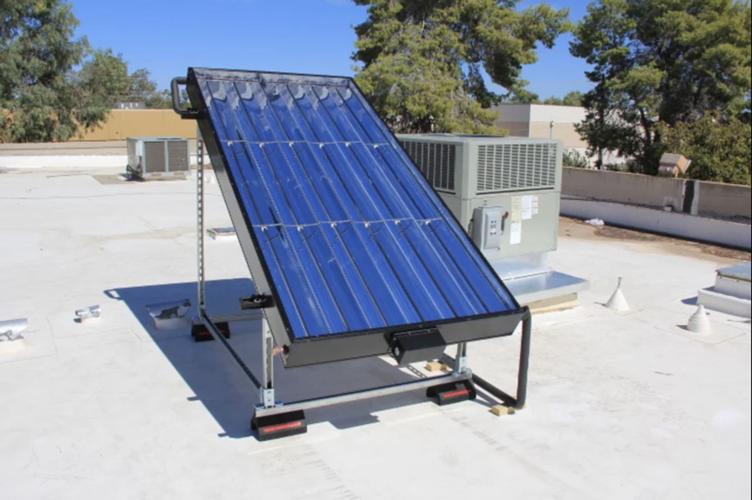Question: My AC Unit does not seem to be working efficiently. Should I consider replacing it?
Answer: “The most important thing that homeowners can do, when it comes to air conditioning, is to focus on the things that cost you the least and save the most,” says Andrew Dobbins of Intelligent Design Air Conditioning and Heating. If your AC is not near the end of its life expectancy, don’t immediately assume that you need a new air conditioner.
Q: What is the most common cause of inefficiency in an existing AC system?
A: Duct work is often the culprit.
Historically, in Arizona, metal duct work was not installed properly as the duct joints were not sealed. Long runs of metal ductwork were connected with a joint.
Those unsealed joints leak air. Dobbins says, “93% of ducts have leakage of up to 30 or 40%. Leakage on this scale can bump your energy bill as much as 50%.” Newer homes have ductwork that is made of flex tube. Many times, the joints in this material are not sealed either.
A good AC tech can fix this problem by using Aeroseal, a non-toxic, water based sealer that is pumped into the duct work while it is pressurized.
Q: What are the important considerations when it comes time to shop for a new unit?
A: Consider these three things:
SEER Ratings — Seasonal Energy Efficiency Rating — are crucial. This Energy Star rating, ranging between 14 to 21, measures energy efficiency — something like “miles per gallon” for a car. The higher the SEER, the more efficient and the less costly it will be to operate. A unit with a mid-range SEER will provide the best return on investment. Consult with a trusted air conditioning professional before you select your new AC system. Consider the level of energy efficiency that’s important to you, and whether you can afford to buy both a new air conditioner and new or modified duct work. It could be better to put in a less efficient 14 SEER unit and fix your duct work than to buy a 19 SEER AC and lose the extra efficiency through bad ducts.
Size by the ton. Your contractor should perform a heat-load calculation before deciding what size air conditioner you need. That calculation should consider the size, shape and orientation of your house, insulation, window area, air infiltration, climate, number of residents in the house and their comfort preferences. This heat load calculation is called a Manual J calculation. Ask to see the results for your specific home before having a unit size determined.
Buyer beware if a contractor suggests going with a bigger unit, especially if they try to sell you a larger unit to resolve warm areas in your home. Uneven air flow and warm areas cannot be solved by increasing the capacity of your air conditioner. With the improved efficiencies of AC units, it is more likely that you will be able to downsize your unit as much as half a ton.
Consider new technology. New technology is being developed all the time as companies look for ways to improve on energy consumption and cost. There are some interesting developments when it comes to combining solar and cooling.
For instance, SunTrac thermal hybrid air conditioning system, manufactured right here in Arizona, is a renewable energy method of adding pressure and heat to the refrigeration cycle. This results in a decreased/displaced compressor workload, saving energy. The SunTrac system uses a solar panel with six parabolic mirrored troughs to capture the energy of the sun, heat the freon and deliver it to the compressor. The more heated and compressed freon that we can deliver to the compressor, the less work the compressor has to do.
It makes sense. The most expensive and hardest working component of an AC system is the compressor. The compressor consumes the majority of the electricity you’re AC uses. So, if we can make the compressor’s job easier, it will pay big dividends.
Rich Cooley, CEO of SunTrac, sums it up for us: “The problem has been that warmer climates require the compressor to operate in the high- power stage much of the time when the cost of energy is the highest. Using a solar compressor to compress the freon allows the AC compressor to operate in low-power mode while delivering full-load cooling, thus reducing power usage by 40% or more annually.”
The benefits of this technology are many, including;
The compressor doesn’t have to work as hard, reducing
- your utility bill
- The life of your unit is extended
- Your home will reduce some of the stress off of the electric grid.
Replacing your AC is an expensive endeavor. It often includes the need to rework or replace duct work. Be careful to research the company you choose, making sure that they are knowledgeable, practice good customer service and are registered with the Arizona Registrar of Contractors. For more information on choosing a good contractor check out consumer guides at rosieonthehouse.com





